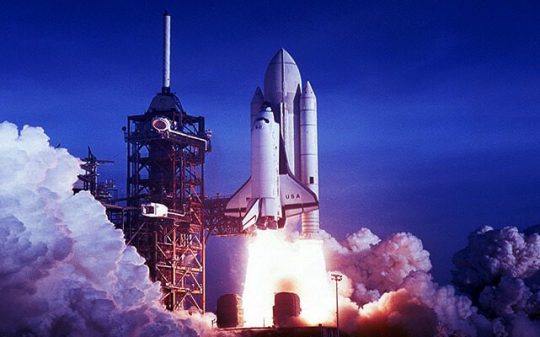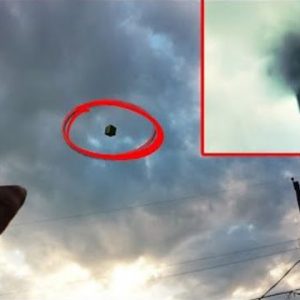Space exploration may hit a new milestone in the near future as Russian scientists intend to develop a power-rocket using nuclear reaction. Among other benefits, this would seemingly solve the problem of a one-way-trip to the Red Planet, as fuel will be enough for a returning voyage.
The currently existing plans of NASA sending people to Mars by 2030 do not include the fuel resources needed for a returning voyage, meaning that first human settlers will be obliged to live there for an undetermined period of time until technology will eventually allow them to return home.
The idea for a nuclear-powered spaceship belongs to Rosatom, the regulatory body of the Russian nuclear complex. However, this is not a novel idea since the United States and Russia are trying to develop this concept since the 1960s, although their ideas at that time were concentrated on lightweight orbital satellites rather than transiting crafts between the Earth and Mars.
It seems that with our current technological means and understanding, a project such as this would be really achievable, with the cost of the final product being the ultimate obstacle:
“A nuclear contraption should not be too far off, not too complicated,” Nikolai Sokov, senior fellow at the James Martin Centre for Nonproliferation Studies in California, told Wired. “The really expensive thing will be designing a ship around these things.”
We can only guess the technology involved in this daring project, since Russian representatives haven’t presented any details about how such a nuclear-powered system would work, but the general guess is that they’ll be using some variation of thermal fission, where the heat provided by the splitting atoms will burn hydrogen or another chemical, providing power into the propulsion system of the spaceship. The technological concept is similar to chemical propulsion, where one chemical burns another and offers power to a vehicle.
So why isn’t chemical propulsion as effective then? Well, this system uses more and more fuel to maintain the combustion/heat, which in terms will make the vehicle heavier and heavier, an issue the thermal fission would resolve. If the Russian team of scientists involved with this project is successful, the research would furtherly be implemented to orbiting satellites and will also contribute to the creation of a huge ‘spatial garbage disposal’ collector on the edges of Earth’s atmosphere.
“A vehicle equipped with a nuclear engine is expected to have 30 times the power reserve of conventional spaceships,” indicates Rosatom. “The designs we are developing will enable mankind to build spaceships that can address all the space challenges of the 21st century, such as cargo transport, removal of space debris, asteroids impact avoidance, etc.”
According to the company, a prototype will be available for testing as soon as 2018, but it remains to be seen if such a daring project will be successfully implemented since Rosatom has a flat budget of 15 billion rubles, equivalent of US $700 million. According to analysts, the sum is really narrow for a 15-year long space project. A comparison has been made between Rosatom’s project and NASA’s Space Launch System which will cost nearly $10 billion.
If the Russian scientists are paid less than the Americans, or if they receive additional funding through a secret or black budget program we can only speculate, but such daring plans wouldn’t be revealed unless there was a real chance for success. If everything turns out to be in order, the Russians could become the pioneers of planet Mars, while also contributing to the space technology here on Earth that would initiate a new trend of commercial spaceflights and who knows what else.









